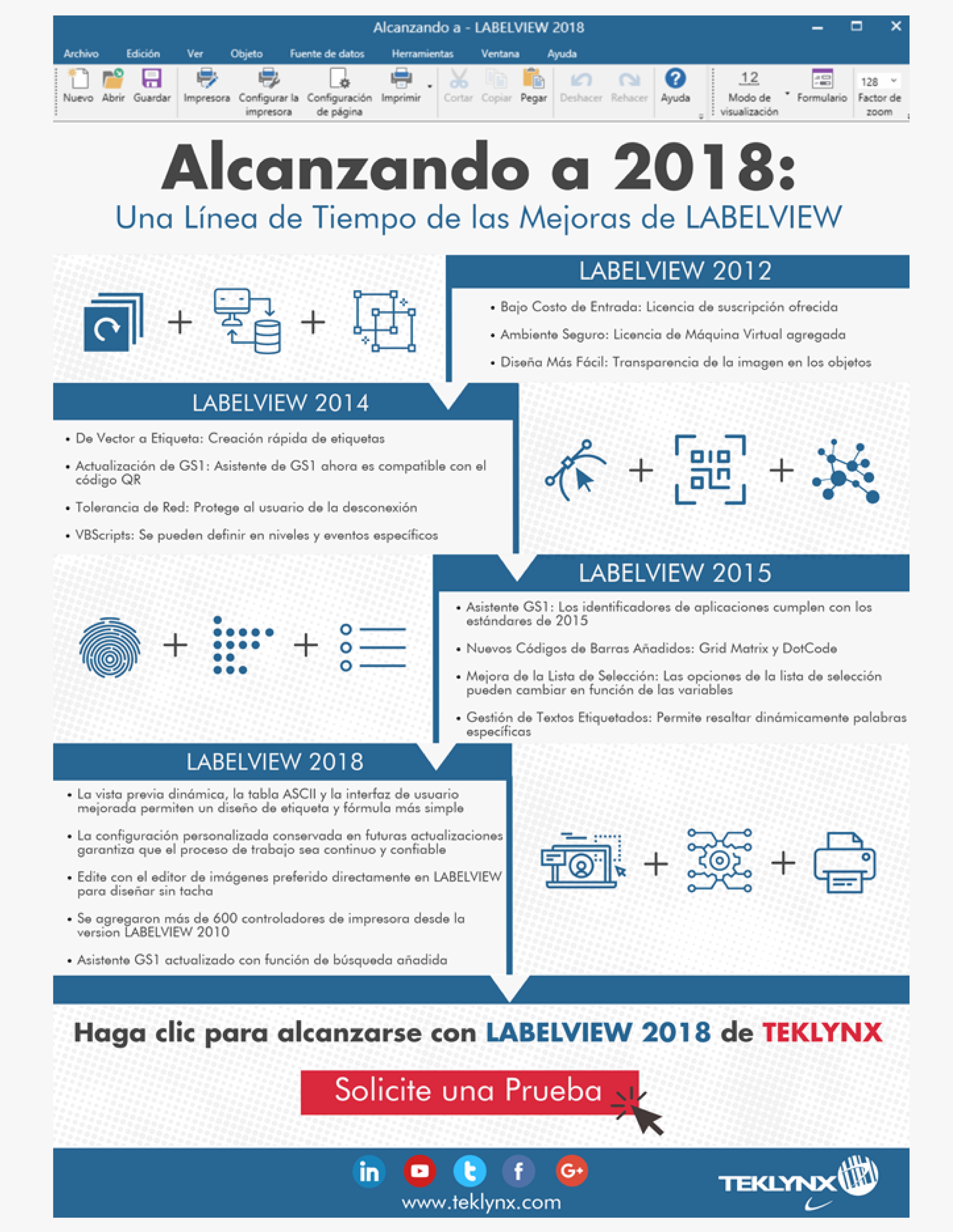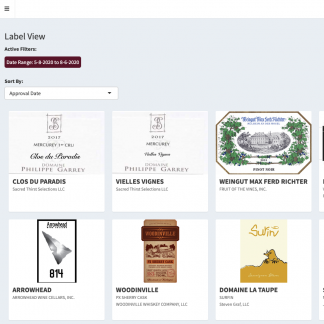
- #Automating labelview install
- #Automating labelview manual
- #Automating labelview android
- #Automating labelview code
Figure 2: Using sleep in tests leads to slow or flaky tests. This makes tests unnecessary slow or flaky,īecause running the same test in different environments might need more or less Warning: You should avoid pausing your tests for an arbitrary period (sleep) to Improve synchronization, such as TestCoroutineDispatcher for coroutines or Replace modules for testing versions that you can query for idleness or that

#Automating labelview install
To increase the reliability of your test suite, you can install a way to trackīackground operations, such as Espresso Idling Resources. Unknown to the test, such as loading data from a database or showing infiniteĪnimations. Issues can still arise when you run asynchronous or background operations There's a certain guarantee that the UI will be idle before the next test action Modern frameworks like Compose or Espresso are designed with testing in mind so When a test doesn't have a deterministic behavior, it's flaky. Which could range from changing some text on screen to a complete recreation ofĪn activity. Injected, the testing framework must wait for the app to finish reacting to it, It challenging to write reliable and repeatable tests.

The asynchronous nature of mobile applications and frameworks oftentimes makes It can use Espresso or Compose testing APIs to Your workstation or continuous integration environment in a regular JVM, Robolectric (Android 4.1, API level 16 or higher) lets.
.png)
Opening the Settings menu or the app launcher on a test device. The UI Automator APIs allows you to perform operations such as Testing framework suitable for cross-app functional UI testing across system
#Automating labelview android
The Android Plug-inįor Gradle builds a test app based on your test code, then loads the testĪpp on the same device as the target app. In a separate Android test folder - src/androidTest/java.
#Automating labelview code
To run instrumented UI tests using Android Studio, you implement your test code Local tests run on a host machineĪnd don't require a device or emulator. However, youĬan also create UI tests that are local tests. They are usually instrumented tests that run on a device or emulatorĪnd check through instrumentation that the app behaves correctly. Note: UI test is the term used for any test that verifies the correct behavior Regressions and to verify compatibility with different API levels and physicalĭevices. Navigation test that traverses a whole user flow. That can range from verifying the behavior of a small component to a large UI tests launch an app (or part of it), then simulate user interactions, andįinally check that the app reacted appropriately. Tests quickly and reliably in a repeatable manner. The automated approach allows you to run your A moreĮfficient approach is to write your UI tests such that user actions are
#Automating labelview manual
However, this manual approach can be time-consuming and error-prone. User operations on the target app and verify that it is behaving correctly.

One approach to UI testing is to simply have a human tester perform a set of The habit of creating user interface (UI) tests if you need to verify that the Or have a poor experience when interacting with your app. Testing user interactions helps ensure users do not encounter unexpected results


 0 kommentar(er)
0 kommentar(er)
